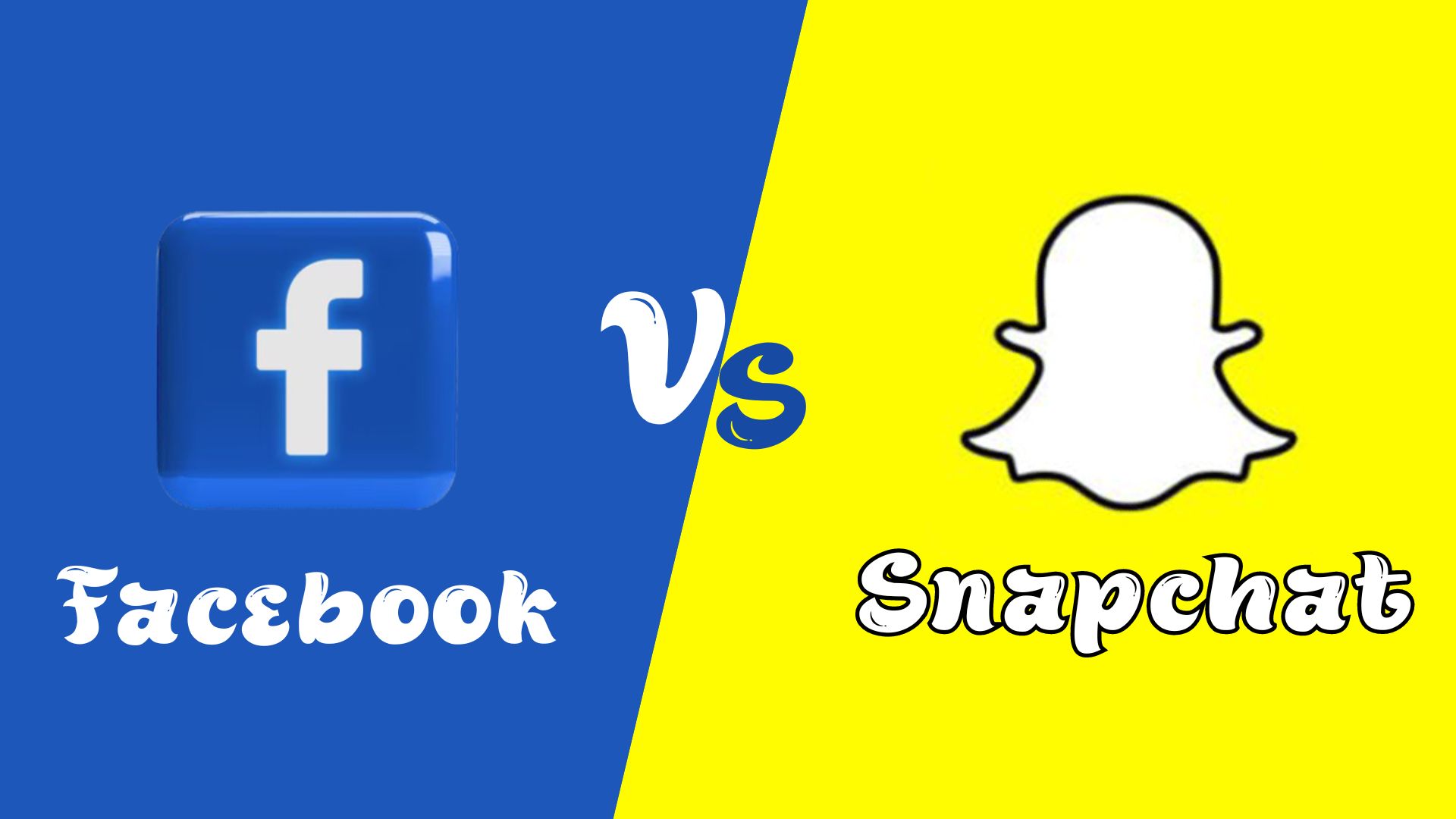In the ever-evolving landscape of social media, two platforms stand out as titans in their own right: Facebook vs Snapchat. Each boasts a massive user base and unique features that cater to different demographics and preferences. As users, we’re often faced with the dilemma of choosing between these two giants for our social networking needs. So, let’s dive into the world of Facebook and Snapchat, exploring their histories, features, and the ongoing battle for dominance in the realm of social media.
The Rise of Facebook
Facebook, founded by Mark Zuckerberg in 2004, started as a platform exclusively for Harvard University students before expanding to other colleges and eventually the general public. What began as a simple social networking site has since transformed into a global powerhouse with over 2.8 billion monthly active users as of 2021.
Facebook’s success can be attributed to its intuitive interface, extensive features, and adaptability. Users can connect with friends and family, join groups, create events, and share various types of content, including photos, videos, and status updates. The platform’s algorithmic feed ensures that users see content tailored to their interests, keeping them engaged for extended periods.
Over the years, Facebook has acquired several popular platforms, including Instagram and WhatsApp, further solidifying its position as a dominant force in the social media landscape. These acquisitions have allowed Facebook to integrate features across its ecosystem, such as Stories, which originated on Snapchat but became wildly popular after being introduced to Instagram and Facebook.
The Emergence of Snapchat
In contrast to Facebook’s gradual expansion, Snapchat burst onto the scene in 2011 as a revolutionary new way to communicate. Founded by Evan Spiegel, Bobby Murphy, and Reggie Brown, Snapchat introduced the concept of disappearing photos and videos, appealing primarily to younger users seeking more spontaneous and ephemeral interactions.
Snapchat’s core feature, Stories, allowed users to create compilations of photos and videos that disappeared after 24 hours, providing a glimpse into their daily lives without the permanence associated with traditional social media posts. The platform also introduced innovative AR (Augmented Reality) filters and lenses, enabling users to transform their selfies with playful animations and effects.
Initially dismissed by some as a novelty, Snapchat quickly gained traction among younger demographics, attracting millions of users who were drawn to its unique approach to social networking. The platform’s emphasis on privacy and ephemerality appealed to users seeking a break from the pressure of maintaining a carefully curated online persona.
The Battle for Dominance
As Snapchat gained popularity, Facebook took notice and made several attempts to replicate its features. In 2013, Facebook attempted to acquire Snapchat for $3 billion, but the offer was rejected by Evan Spiegel. Undeterred, Facebook proceeded to introduce similar features on its own platforms, most notably Instagram Stories, which launched in 2016 and quickly surpassed Snapchat in terms of active users.
The rivalry between Facebook and Snapchat intensified as both platforms vied for user engagement and advertising dollars. Facebook leveraged its massive user base and extensive resources to roll out new features and improvements at a rapid pace, while Snapchat focused on innovation and maintaining its appeal to younger users.
One of the key battlegrounds in this ongoing war has been the realm of augmented reality. Both Facebook vs Snapchat have invested heavily in AR technology, introducing a wide range of filters, lenses, and interactive experiences. Snapchat’s early lead in this area helped solidify its reputation as a hub for creativity and self-expression, but Facebook’s vast resources have allowed it to catch up quickly.
Points of Differentiation
Despite their similarities, Facebook vs Snapchat cater to different audiences and serve different purposes within the social media landscape. Facebook, with its broad user base and diverse range of features, is often used for staying connected with friends and family, sharing life updates, and consuming news and entertainment content.
On the other hand, Snapchat appeals to a younger demographic that values spontaneity, creativity, and privacy. The platform’s ephemeral nature encourages users to share authentic moments without the fear of permanent consequences, fostering a sense of intimacy and authenticity among its community.
Additionally, Facebook’s interface tends to be more cluttered and ad-driven, whereas Snapchat maintains a cleaner and more user-focused design. This difference in approach reflects each platform’s priorities and target audience, with Facebook prioritizing monetization and engagement metrics and Snapchat prioritizing user experience and creative expression.
The Future of Social Media
As the battle between Facebook and Snapchat rages on, both platforms continue to evolve in response to shifting user preferences and technological advancements. Facebook’s recent rebranding as Meta reflects its ambitious vision for the future of social networking, centered around the concept of the metaverse—a virtual reality space where users can interact, socialize, and explore.
Meanwhile, Snapchat remains focused on innovation and differentiation, doubling down on its commitment to privacy, creativity, and self-expression. The platform’s continued success hinges on its ability to stay ahead of the curve and deliver unique experiences that resonate with its core audience.
See Also – TikTok vs YouTube
Conclusion
In conclusion, the rivalry between Facebook and Snapchat represents a microcosm of the broader social media landscape, where innovation, competition, and user engagement intersect. While Facebook boasts unparalleled reach and resources, Snapchat continues to carve out its niche with a focus on creativity and privacy. As users, we’re fortunate to have access to these diverse platforms, each offering its own distinct blend of features and experiences. Whether you prefer the familiarity of Facebook or the spontaneity of Snapchat, one thing is certain: the battle for dominance in the world of social media is far from over.

